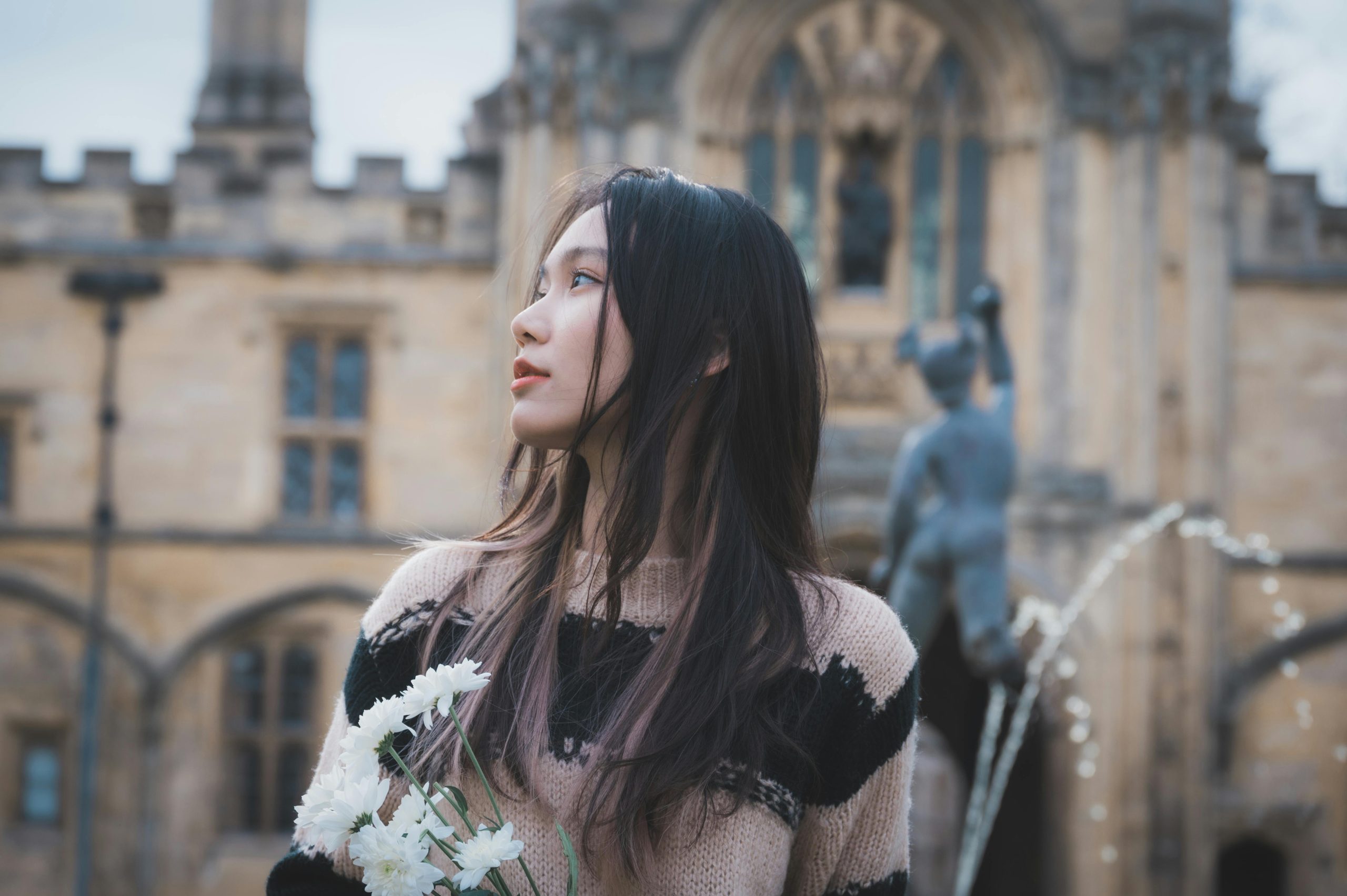I have a confession that might get my fashion editor card revoked: I’ve watched the entire Downton Abbey series three times. Yes, three complete viewings, including the Christmas specials, both films, and that bizarre episode where they all played cricket for what felt like seven hours. I tell people it’s “research” into period costuming, but the truth is I’m hopelessly addicted to all that upstairs-downstairs drama and the frankly spectacular wardrobe.
The first time I binged the series, I emerged from my Downton hibernation with an inexplicable urge to wear elbow-length gloves and address everyone as “Cousin.” The second time, I actually bought a cloche hat that made me look like I had no forehead. By the third viewing, I’d developed a more nuanced appreciation for how those heritage style elements might be incorporated into modern wardrobes without looking like I was en route to an extremely specific costume party.
British heritage style—that distinctive aesthetic drawn from country houses, rural pursuits, and aristocratic pastimes—has an enduring appeal that transcends the period drama that popularized it. There’s something comforting about these sartorial traditions that have weathered centuries relatively unchanged. In our fast-fashion, trend-obsessed world, the idea of clothes designed to last for decades (if not generations) feels both refreshing and relevant.
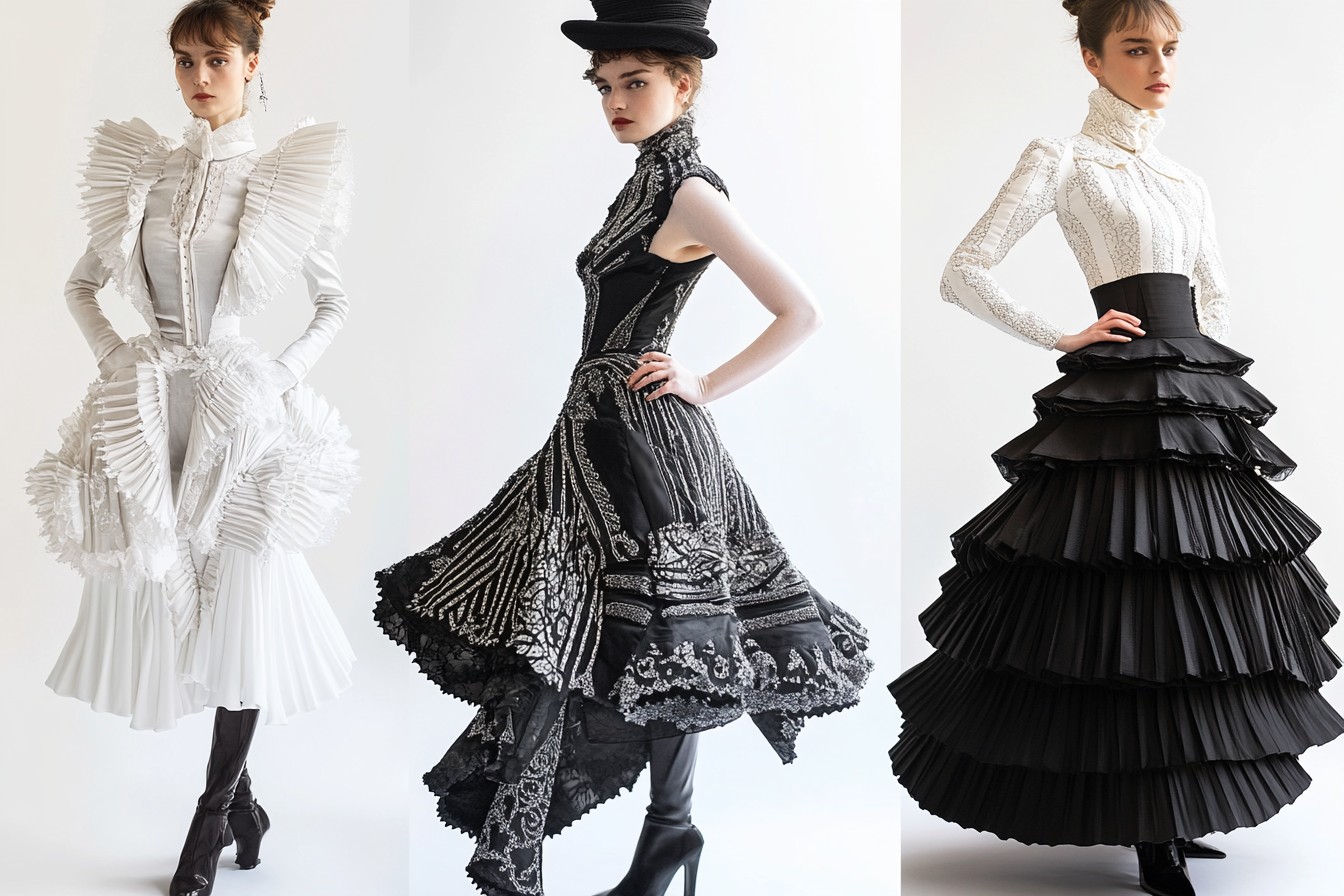
But there’s a fine line between incorporating heritage elements and looking like you’re about to announce that dinner is served at Highclere Castle. Having crossed that line myself more times than I’d care to admit (the aforementioned cloche hat incident being just one example), I’ve gradually developed a strategy for channeling Dowager Countess energy without going full period costume.
Let’s start with the foundational elements of British heritage style: quality materials, impeccable tailoring, classic silhouettes, and a certain restrained elegance that values subtlety over showiness. These principles can inform modern wardrobes regardless of whether you’re incorporating specific heritage pieces.
The most wearable heritage-inspired item—and my personal gateway drug into this aesthetic—is the classic tweed blazer. There’s a reason these have endured for centuries: they’re practical, durable, and oddly flattering on almost everyone. The key to wearing tweed without looking like you’re off to shoot grouse on your vast estate is in the styling. Pair it with contemporary pieces that create deliberate contrast—jeans and a t-shirt, a slip dress, even leather trousers if you’re feeling adventurous.
My favorite combination is a men’s-inspired tweed blazer (try vintage Jaeger or contemporary Walker Slater) with straight-leg jeans, a simple white t-shirt, and ankle boots. The juxtaposition of the structured, traditional jacket with more casual elements creates a tension that feels modern rather than costume-y. It’s exactly the kind of outfit that works for Sunday pub lunches, casual office days, or even gallery visits—versatile in a way that full heritage looks rarely are.
For those wary of tweed (I get it—bad school uniform associations can run deep), the heritage knit offers a more accessible entry point. Think cable-knit sweaters, Fair Isle patterns, or classic cardigans. These have been experiencing a renaissance lately, with brands from Ganni to Gucci incorporating traditional British knitting patterns into contemporary collections.
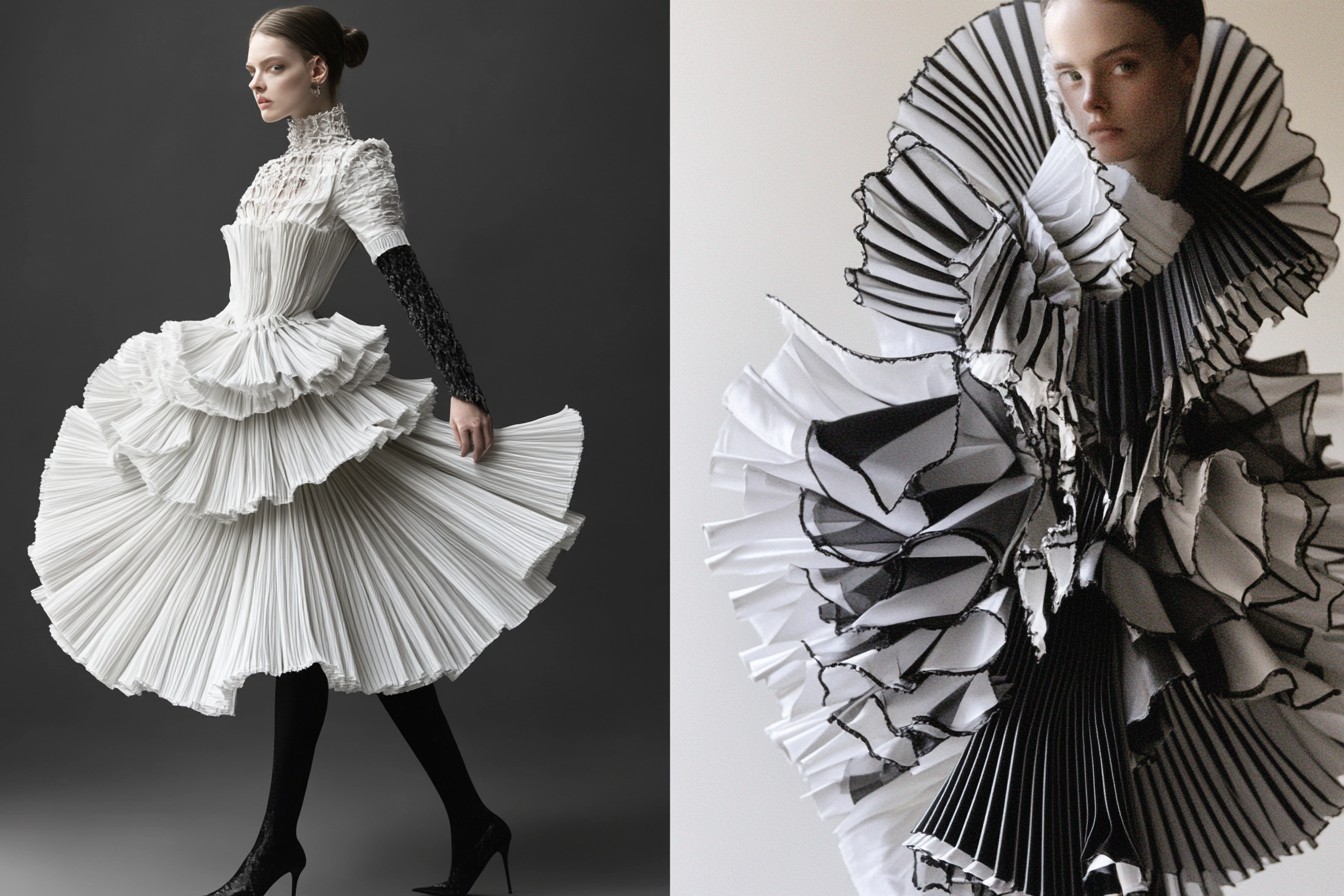
My most-worn heritage-inspired piece is a navy cable-knit jumper from Toast that looks like something a particularly stylish lighthouse keeper might wear. It has all the coziness and craftsmanship you’d expect from a heritage knit, but the slightly oversized cut and shorter length make it feel current rather than fusty. I wear it with everything from floral midi skirts to tailored trousers, and it never fails to prompt compliments and questions about where it’s from.
If you’re looking to dip a toe into heritage accessories without committing to larger pieces, the silk scarf offers endless versatility. Those distinctive foulard or equestrian prints that scream “I have an ancient family crest” can be styled in thoroughly modern ways—tied to a handbag handle, worn as a headband, or even used as a makeshift belt. Liberty, obviously, is the quintessential source, but don’t overlook charity shops and vintage stores, where you can often find Hermès-adjacent prints for Accessorize prices.
My colleague Emma has a collection of vintage Jacqmar scarves that she wears knotted at the neck with otherwise minimal outfits—think plain white shirt, gold hoops, and red lipstick. The effect is carefully balanced between reverence for tradition and contemporary simplicity.
For the more adventurous, British heritage outerwear offers rich territory for exploration. The waxed jacket (Barbour being the obvious exemplar) has transcended its countryside origins to become an urban staple. Again, the styling is key—wear it with slim jeans and Chelsea boots rather than plus-fours and wellies unless you actually are attending a shoot.
My own Barbour was a lucky charity shop find five years ago, and it’s now weathered to that perfect patina that makes it look like it might have stories to tell. I wear it over floral dresses to create deliberate contrast, or with jeans and a fine knit for weekend walks. It’s practical, obviously—the British climate demands waterproofing—but it also carries those heritage associations while feeling entirely relevant to contemporary life.
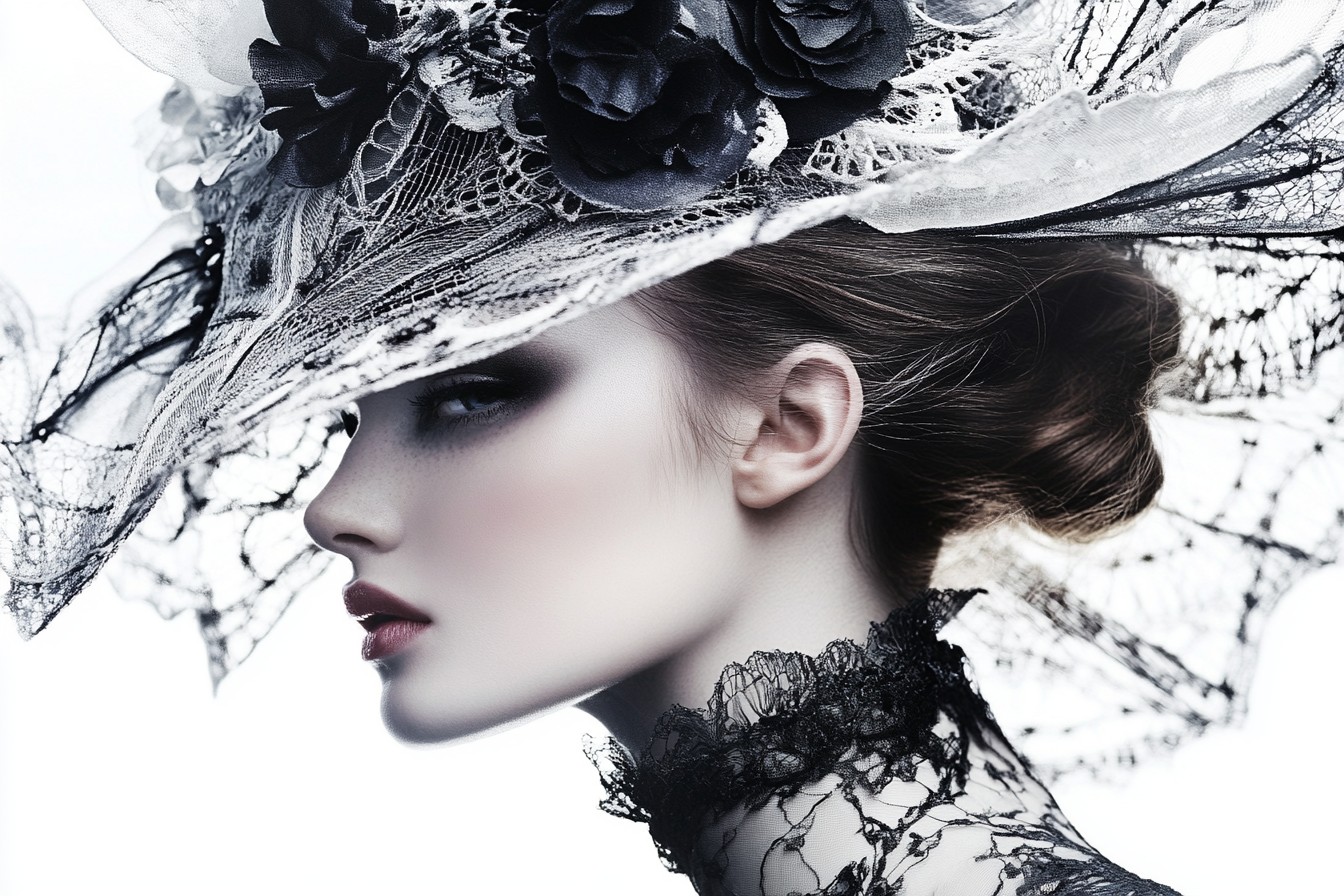
Perhaps the most challenging heritage element to incorporate—but potentially the most rewarding when done well—is the print or pattern. Tartans, tweeds, houndstooth, and Prince of Wales checks all carry strong historical associations that can easily tip into costume territory if not handled with care.
The modern approach to heritage patterns is to use them sparingly and often subversively. A tartan midi skirt with a simple black roll-neck and boots. A houndstooth coat over jeans and a t-shirt. A Prince of Wales check trouser with a chunky, contemporary knit. It’s about creating deliberate friction between the traditional and the modern, rather than a head-to-toe coordinated look.
I recently invested in a pair of McQueen-inspired tartan trousers that could have been disastrously Downton if styled with matching pieces. Instead, I wear them with an oversized black jumper and chunky boots, or a simple white shirt and loafers for work. The pattern nods to heritage without being constrained by its traditional context.
What about incorporating heritage pieces for more formal occasions? This is where it gets tricky—formal events are where the temptation to go full costume drama is strongest. My approach is to choose one heritage element and keep everything else deliberately modern and minimal.
For a recent winter wedding, I wore a vintage velvet smoking jacket I found in a menswear shop in York over a simple slip dress. The jacket had all those wonderful heritage details—covered buttons, contrast lapels, beautiful tailoring—but the modern silhouette of the dress kept it from looking like I’d raided the Downton prop department. Several people asked if the jacket was Vampire’s Wife (it wasn’t, but I took it as confirmation of the successful style balance).
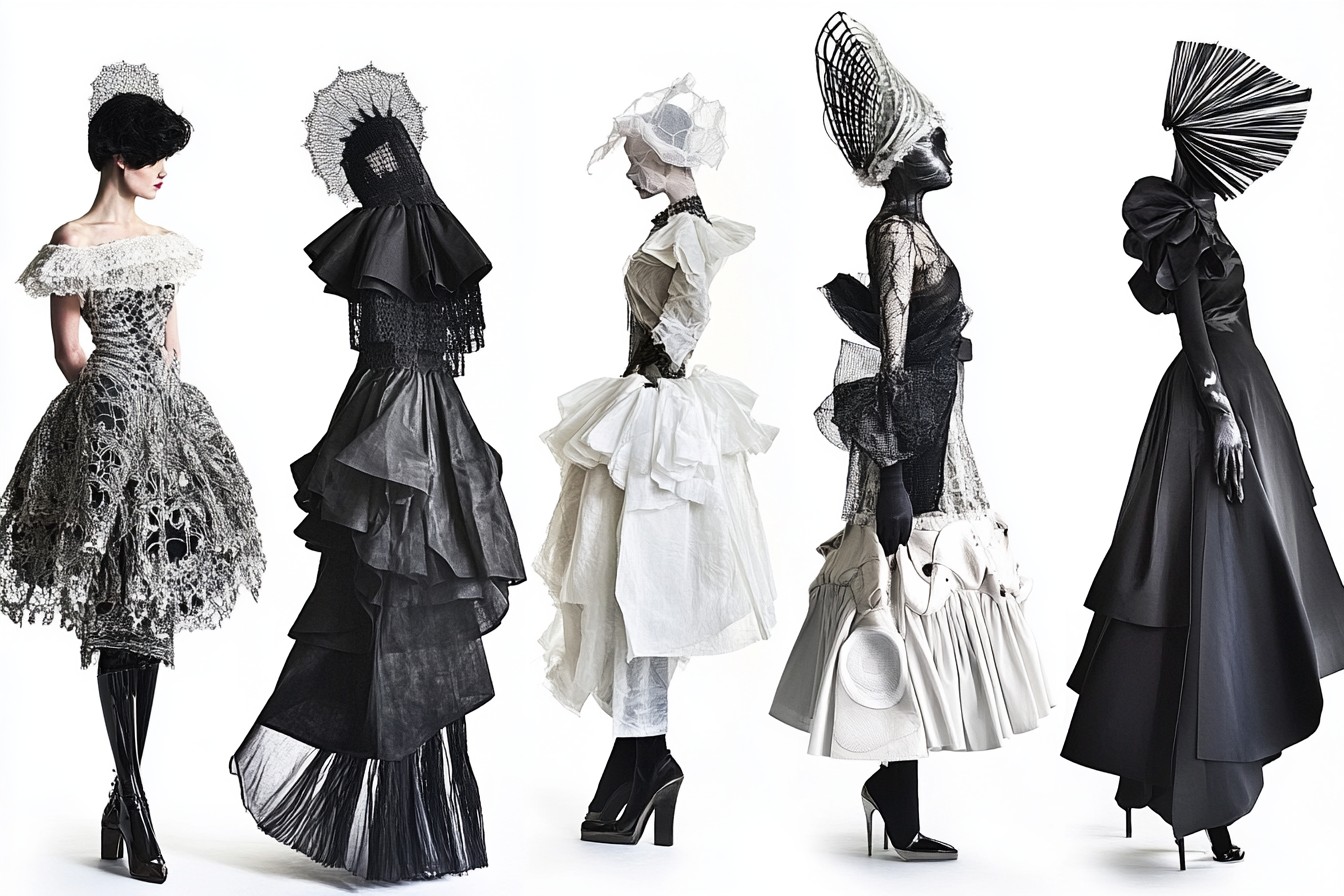
One heritage-inspired trend I’m particularly enjoying is the renaissance of the British heritage fabric in unexpected contexts. Harris Tweed turning up on trainers, Liberty prints on practical rainwear, tartans reimagined in unexpected colorways. These innovative uses respect the craft and quality of traditional textiles while freeing them from historical constraints.
My favorite example is a pair of Adidas trainers with Harris Tweed panels that I bought five years ago and still wear constantly. There’s something delightful about this meeting of streetwear and traditional craftsmanship—a perfect embodiment of how heritage can remain relevant by embracing evolution rather than rigid preservation.
For those living in actual period properties (not me, sadly—my flat was built in the 1980s and has all the architectural charm you’d expect), the temptation to dress to match your surroundings can be strong. My friend Sophie lives in a converted portion of a Georgian manor house and admits she went through a phase of “dressing for the building” before realizing she looked like she was permanently en route to a very specific historical reenactment.
She’s now mastered the art of incorporating heritage elements that complement her home’s aesthetic without looking like she’s in costume. Her approach focuses on quality materials and classic silhouettes rather than literal period references—cashmere jumpers, well-cut wool trousers, leather boots that improve with age. The overall effect resonates with the historical setting without looking anachronistic.
What about the quintessentially British heritage-inspired event that even the most modern among us occasionally attend—the country wedding? This peculiar gathering where aristocratic traditions collide with contemporary expectations is a minefield of potential heritage style mishaps.
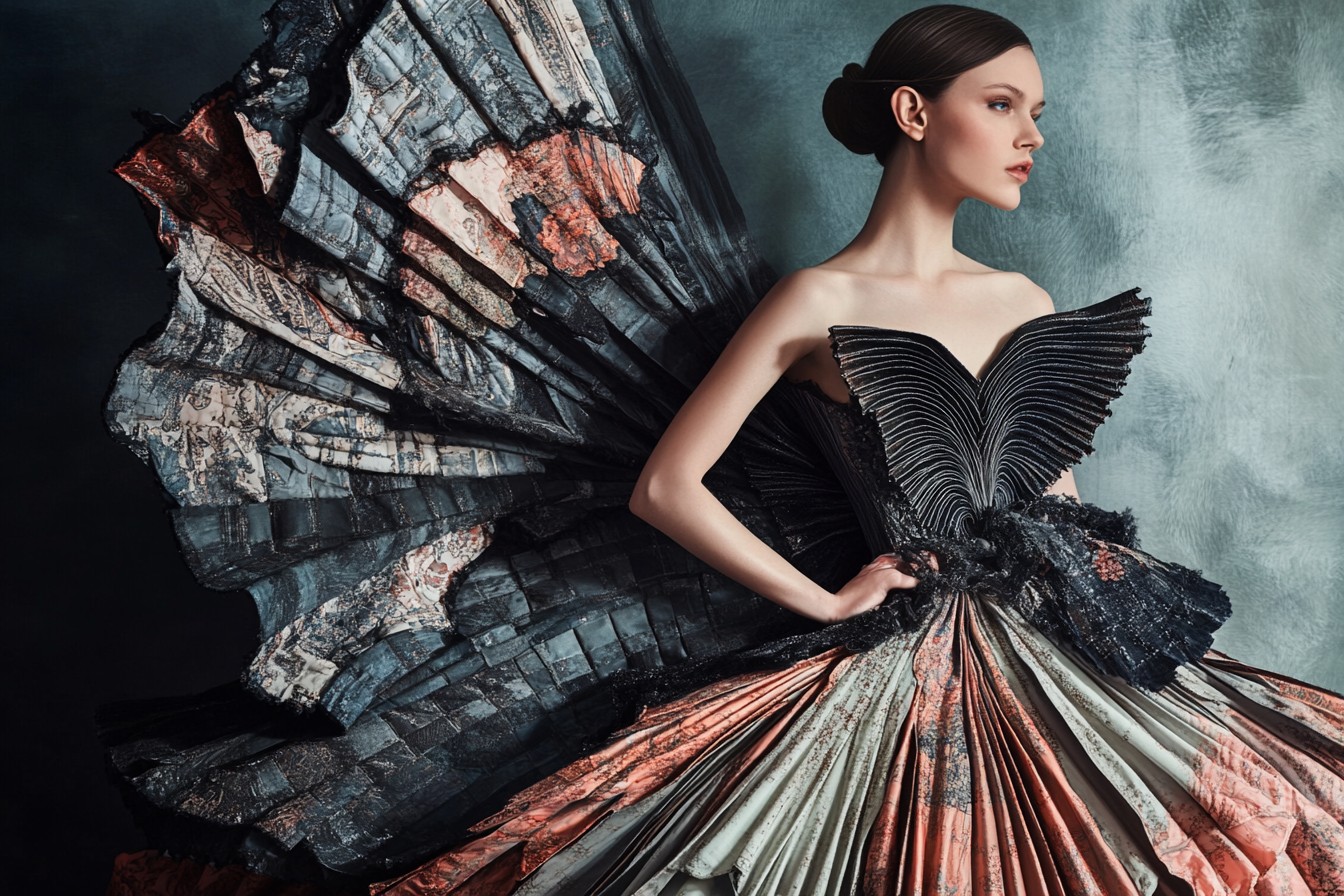
My advice is similar to incorporating heritage elements into everyday wardrobes: choose one traditional piece and keep everything else modern. A tweed blazer over a simple dress, a heritage-inspired accessory with a contemporary outfit, or a traditional pattern rendered in an unexpected silhouette. And unless explicitly stated in the invitation, leave the fascinators, long gloves, and tiaras at home. Trust me on this one—I’ve made that mistake so you don’t have to.
What I’ve come to appreciate about British heritage style is its fundamental practicality beneath the sometimes intimidating surface. These clothes were designed for specific purposes—to stay warm in drafty country houses, to withstand British weather, to transition from indoor to outdoor pursuits. That functionality remains relevant even as the specific contexts have evolved.
My personal heritage-inspired winter uniform—a good wool coat, sturdy boots, a lambswool scarf—isn’t so different from what someone might have worn a century ago, because these items still solve the same problems: keeping warm, staying dry, lasting through years of wear. The styling and specific details have evolved, but the core principles remain sound.
If you’re intrigued by heritage style but wary of looking like an extra from a costume drama, start small. A single heritage-inspired piece worn with contemporary items. A traditional material in a modern silhouette. A classic print rendered in unexpected colors. Look for the friction between old and new—that’s where the most interesting interpretations emerge.
And remember that the best heritage-inspired style looks lived-in rather than costume-like. These are clothes designed to age gracefully, to develop patina and character with wear. Don’t be afraid of slight imperfections or signs of use—they’re part of the story these pieces tell.
My most treasured heritage-inspired garment is my grandfather’s Pringle cashmere cardigan from the 1960s. It has leather patches on the elbows, the cuffs are slightly frayed, and it carries the faint scent of the pipe tobacco he used to smoke. I wear it over summer dresses when the evening turns cool, with jeans and a t-shirt for weekend errands, and sometimes just around the house when I need that particular kind of comfort that comes from being wrapped in history.
That’s the true appeal of incorporating heritage elements into contemporary wardrobes—not looking like you’ve stepped out of Downton Abbey, but carrying a piece of that craft, quality, and history forward in a way that feels relevant to modern life. After all, even Lady Mary would have evolved her style with the times—albeit always with impeccable tailoring and probably at least one tiara kept in reserve. Some traditions are worth preserving, after all.
